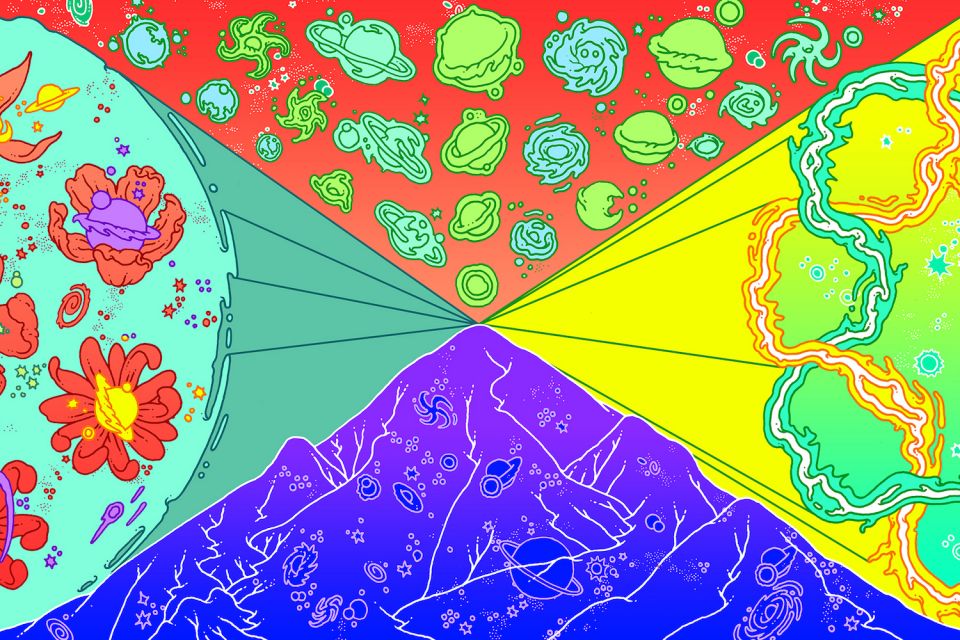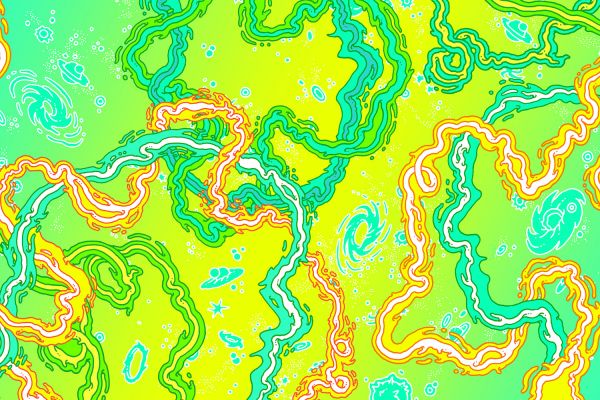As physicists have delved deeper and deeper into nature’s mysteries, they have been forced to accept the unsettling fact that our universe is suspiciously fine-tuned to support life. The amount of matter in the universe, the mass of the electron, the strength of gravity – if the value of any of these deviated only a tiny bit from what they actually are, then galaxies and stars could not form and biological life could not exist. The best theory that physicists have come up with to explain this cosmic coincidence is called the String Theory Landscape.
The String Theory Landscape combines elements from two of the strangest and most enduring ideas in modern physics – string theory and cosmic inflation – to argue that we live in a multiverse made up of infinitely many “pocket universes,” of which our perfectly calibrated universe is just one. This five-part series tells the story of how theoretical physicists at Stanford helped develop the String Theory Landscape – and in the process sparked a fierce and still ongoing debate about what science is and what it should be.
Part 1: The String Theory Landscape
The String Theory Landscape combines elements of string theory and cosmic inflation to greatly expand the scope of the Big Bang theory to incorporate the idea of infinite universes in a vast multiverse. The theory’s advocates say it’s the only way to explain why certain features of the universe are suspiciously fine-tuned for life, while critics say it’s not scientific because it can’t be experimentally verified.
Part 2: A cosmic symphony of vibrating strings
In 1969, Leonard Susskind imagined the basic building blocks of the universe as invisible vibrating loops of energy. This insight would form the basis of string theory and help lead to a radical re-envisoning of how the universe began.
Part 3: The fractal universe
Late one summer night nearly 40 years ago, Andrei Linde was seized by a sudden conviction that he knew how the universe was born. His nocturnal Eureka! moment would lead to the concept of a multiverse, a central part of the String Theory Landscape.
Part 4: Lambda leads the way
The discovery of dark energy in the 1990s marked a time of reckoning for string theorists: Either their theory had to account for the newfound force that was pushing spacetime apart or they had to admit that string theory may never describe the universe we actually live in.

Image credit: Eric Nyquist
Part 5: Exploring the landscape
Stanford physicists continue to survey the peaks and valleys of the String Theory Landscape that they helped discover nearly two decades ago, even as critics say the theory is ultimately untestable.
Produced by Amy Adams



